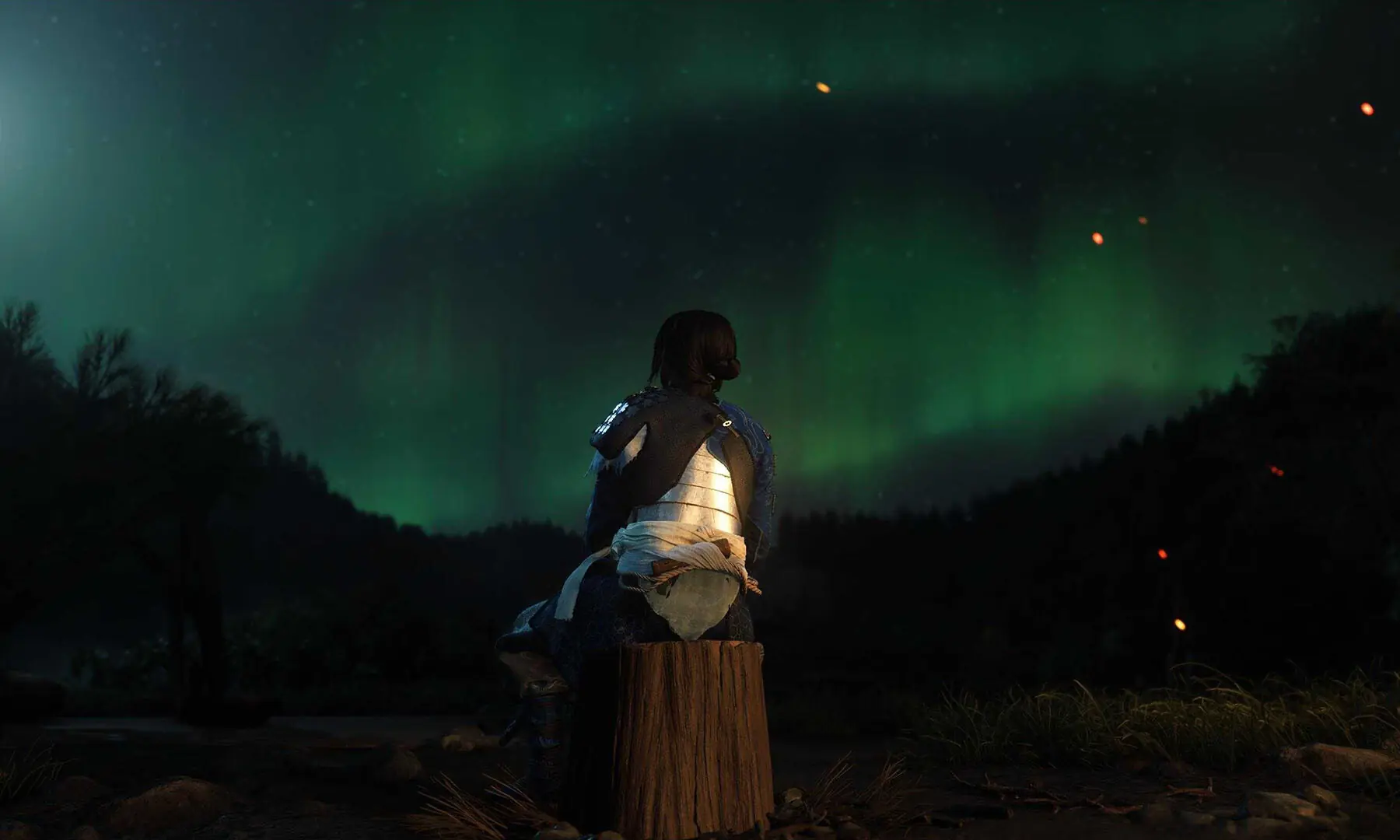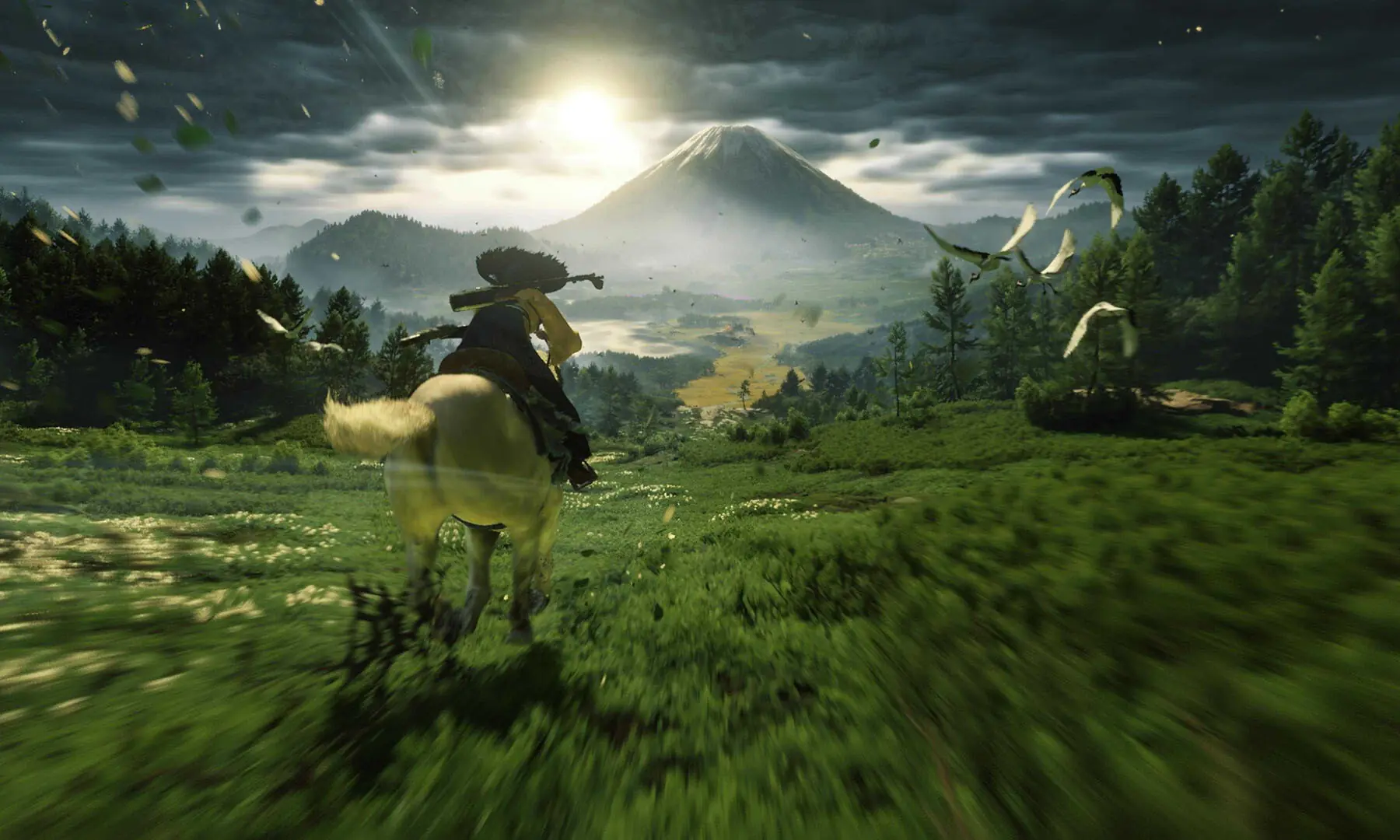Game review: Ghost of Yotei is 40 hours of art

Ghost of Tsushima was more than just a game. It was over 30 hours of art. With a gripping story, a slick combat system and some of the most beautiful environments in gaming, it is one of the best games ever made.
When its sequel, Ghost of Yotei, was announced, it had very big shoes to fill. It not only had to match the last game in quality, but also offer something fresh to both new and returning players.

Yotei brings back what made the series’ first entry so beloved — highly detailed graphics, colourful and varied environments and a well-designed combat system.
While some could call it a copy or even lazy design, Yotei takes what made the first game great and improves on it. Tsushima had a solid foundation and a well-defined art design, so developer Sucker Punch did not need to make any radical changes.
As the old adage goes, if it ain’t broke, don’t fix it.

First impressions
When I started playing, I immediately encountered a bug with the audio.
At the very start, the protagonist, Atsu, delivers a monologue, but for some reason, it only played music and sound effects; no dialogue.
I found that I had to change my PlayStation 5’s audio settings, but this shattered the immersion at a critical part of the game. Sucker Punch claimed that this bug was fixed in a patch, but I’m still encountering the issue.
Your mileage may vary, but this left me rather annoyed. Thankfully, the rest of the game has been stable.

Despite this glitch, the gist of the story was conveyed well: Atsu’s family was murdered when she was a child by a band of ronin (Japanese for drifter) known as the Yotei Six. Their leader, Lord Saito, left her for dead, but Atsu survived, fought as a mercenary on the Japanese mainland and returned to her home of Ezo to avenge her family after 16 years.
Shame I couldn’t hear any of it.
The game’s prologue ends with Atsu killing one of the Yotei Six, The Snake (so really you’re hunting the Yotei Five). Called onryo by onlookers — a vengeful spirit in Japanese folklore — Atsu mounts her horse and rides into the sunrise, leading to the title drop.
It’s a fairly simple, albeit clichéd and predictable, story about vengeance at the outset. The cinematography, which pays homage to samurai films, makes Atsu’s hunt a truly cinematic one.

The sights and sounds of Ezo
After completing the prologue, you are immediately treated to what made the first game a work of art: the environments.
Ezo contains verdant green forests, golden trees and endless fields of colourful flowers under a beaming sun. Each plant appears to be animated, with individual blades of grass and flowers dancing in the wind. The vistas are just as beautiful as Tsushima’s, but improved by the PS5’s graphical power.
The map’s various biomes include sprawling grasslands, frozen tundras and crimson forests. All of them are beautiful and every frame in this game could easily be a painting, be it the serenity of the Yotei Grasslands or the chaos of a burning battlefield.
I’ve explored most of Ezo and have yet to find a truly ugly landscape.
Textures on character models, items and clothes are photorealistic. Weaving in fabric and engravings on weapons and armour are clearly and visibly rendered. Mud, dirt and snow will also accumulate on Atsu’s clothes as she runs.
In terms of sound design, whistling birds and the sounds of running rivers and other wildlife make the world feel alive, while a howling wind, which guides players to their objectives, can be heard through both the TV and the Dualsense controller’s speakers.

Similarly, in combat, there are very well-realised sounds of clashing steel and blades whipping through the air with an epic soundtrack in the background.
My only issue would be that gameplay runs at 60 frames per second and cutscenes at half that. Transitioning between the two is jarring because cutscene animations are visibly slower. This was in Tsushima and I was hoping it would not be here too.
Live and die by bow and blade
The combat system is identical to Tsushima. Normally, leaving such a crucial part of the experience unchanged from a previous entry would be problematic, but Tsushima had such a solid system that no changes were really needed.
Like the first game, combat involves breaking down an enemy’s stamina with slow, heavy attacks before closing in with light attacks to secure the kill. Animations look great and make combat not only fluid but stylish.
Once you get into the rhythm of parrying attacks and learn enemy animations, combat is very satisfying. I found myself openly engaging enemies on purpose because the combat is just that fun and taking down an entire group is an epic spectacle.
There are some differences to keep it fresh. Changing sword stances depending on enemy type returns but in the form of new weapons, like dual katanas, a spear and a kusarigama — a small scythe with a heavily weighted chain fixed to it.

Despite being ”new weapons”, conceptually these are the same as the first game’s stances. You are encouraged to use specific weapons on specific enemies, like dual katanas against spears. This entails quickly swapping between weapons to adapt to each enemy, forcing quick thinking and observation by the player.
While you can use any weapon against any enemy, using specific weapons for each enemy type makes defeating them easier. For some players who live by the rule of cool, this might feel restrictive.
However, while the combat is excellent, it’s sometimes unforgiving. Enemies can swarm and strike you faster than you can block or parry. It’s frustrating being interrupted or killed by an enemy with faster animations, greater numbers or because of a mistimed input. This could be a skill issue, though.

Predictable but personal
While Tsushima and Yotei share much, the plot is where the two games differ greatly.
Tsushima followed the samurai Jin Sakai, leading a guerrilla war against the Mongols invading Japan. Jin’s struggle between living by the samurai code and using “dishonourable” stealth tactics to liberate the island was gripping amid the epic backdrop of a major historical event.
Yotei’s story is far narrower in scope. You’re not fighting an army as much as a gang of troublemakers; it’s more grounded and personal.

As mentioned earlier, Atsu is out for revenge. Though nothing new, it’s well executed with some solid twists and Atsu’s internal struggle to find a life beyond hunting the Yotei Six.
The Six themselves — Lord Saito, the Oni, the Kitsune, the Snake, the Dragon and the Spider — are one-dimensional villains, but easy to hate through their cruelty and oppression of the locals. Killing each of them puts the player in a truly cinematic duel, which matches the gravity of the battle.
Score: 7/7 — Stop reading this and go buy it.
Ghost of Yotei has done something that is extremely rare for a sequel: improve on and surpass the original. In a market filled with sequels, remakes and reboots, a strong second entry is welcome.
Though slightly unforgiving, the combat system is a lot of fun to engage with and defeating a group of enemies single-handedly never gets old, especially against the backdrop of some of gaming’s most beautiful environments.
Beautiful to play through and satisfying to fight in, Yotei has earned its place in the collection of any gamer with a PS5. I hope it’s released on the PC and even the Xbox so that they, too, can experience this masterpiece. These 40 hours of art.

.single.story {
background-image: url(‘https://i.dawn.com/primary/2025/11/191820456ff75bb.gif’);
background-repeat: repeat-y;
background-attachment: fixed;
background-size: 100vw 100vh;
}
body:not(.newskit) .story { color: #ffffff; }
.story a { color: #ff9d1f !important; }
article.box, .story .template__main { background: #1f2262; opacity: 0.90; }
article.box { padding: 5px; border: 0; }
.story__time { color: #aaa; }
.story__title, .comments {
background: #1f2262;
padding: 10px;
}




